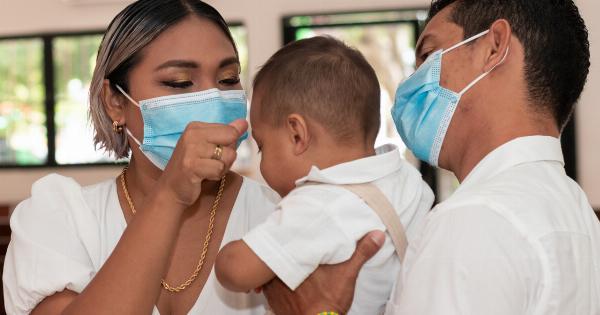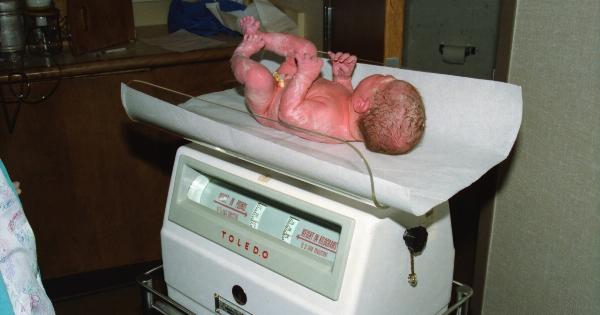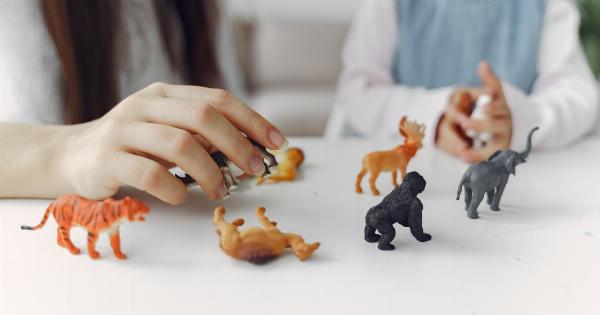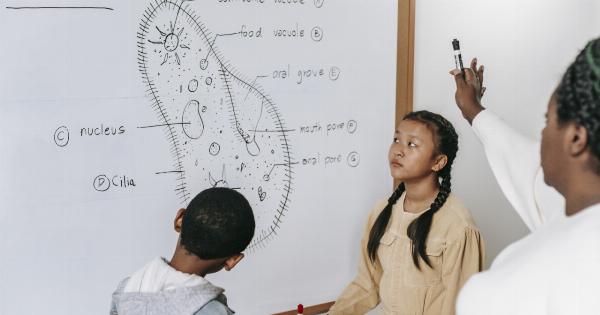Emotions play a significant role in human interactions and social relationships. Being able to understand and interpret the emotions of others is crucial for successful communication and empathy.
But at what age do babies start to develop this awareness of human emotions?.
The early stages of emotional development
From the moment they are born, babies are capable of expressing basic emotions such as happiness, sadness, anger, and fear. These emotions are primary and instinctual, driven by their immediate needs and experiences.
During the first few months of life, infants begin to develop a recognition of familiar faces and voices, including their parents or primary caregivers.
They start to differentiate between positive and negative expressions and display a preference for positive emotional stimuli. For example, they may respond with smiles or cooing sounds when they see a smiling face.
Understanding emotions through social referencing
As babies grow and explore their social environments, they begin to engage in a process called social referencing. This refers to their ability to observe and interpret the emotional cues and expressions of others to guide their behavior.
Around 8-10 months of age, babies become more aware of the emotions of those around them and start using this information to determine how they should respond in different situations.
For instance, if they see their caregiver’s facial expression change to one of concern or fear, they may become cautious or show signs of distress.
The emergence of empathy
Empathy, the ability to understand and share the feelings of another person, is a complex social skill that develops gradually throughout childhood. Babies, however, demonstrate early signs of empathy in their own unique ways.
By the age of 1 year, babies may display a form of “emotional contagion.” This means that they can “catch” the emotions of others, leading to similar emotional responses.
For instance, if they witness someone crying or laughing, they may imitate those expressions or try to provide comfort.
Around 18-24 months, toddlers begin to exhibit genuine concern for others’ emotions. They may offer a hug or a toy when they see someone sad or upset, demonstrating their growing ability to empathize and provide support.
Recognizing and labeling emotions
Between 2-3 years of age, children start to develop the vocabulary necessary for identifying and labeling different emotions. They begin to understand and communicate using words like happy, sad, angry, and scared.
During this stage, children also become more skilled at interpreting the emotions expressed by others, both through facial expressions and tone of voice. They can often tell when someone is upset or angry based on visual and auditory cues alone.
The role of socialization
The development of emotional awareness and empathy in babies is strongly influenced by their social environment.
The quality of their relationships with caregivers and exposure to a variety of social situations play a crucial role in shaping their emotional development.
Caregivers who respond consistently and sensitively to their baby’s emotional cues help foster a sense of security and trust.
These positive early experiences lay the foundation for healthy emotional development and the ability to understand and regulate emotions later in life.
Moreover, interactions with siblings, peers, and other family members provide valuable opportunities for babies to learn and practice social-emotional skills.
Engaging in pretend play, sharing toys, and experiencing different emotions within a supportive context all contribute to their overall understanding of human emotions.
The impact of culture
It is important to note that the development of emotional awareness and understanding can vary across different cultures. Cultural norms and values influence how emotions are expressed, perceived, and acknowledged within a given society.
Some cultures may prioritize the individual’s emotional experience, emphasizing open expression and communication, while others may view emotional restraint and self-control as more desirable.
These cultural differences can shape the development and expression of emotions in infants and children.
The takeaway
Babies begin to exhibit awareness and understanding of human emotions from a very early age.
Through social referencing, empathy, and social interactions with caregivers and others, they gradually learn to recognize and interpret a wide range of emotions.
As babies grow into children, their emotional vocabulary expands, and they become better equipped at understanding and labeling their own emotions as well as those of others.
The caregiving environment and cultural influences both play pivotal roles in shaping this emotional development.































